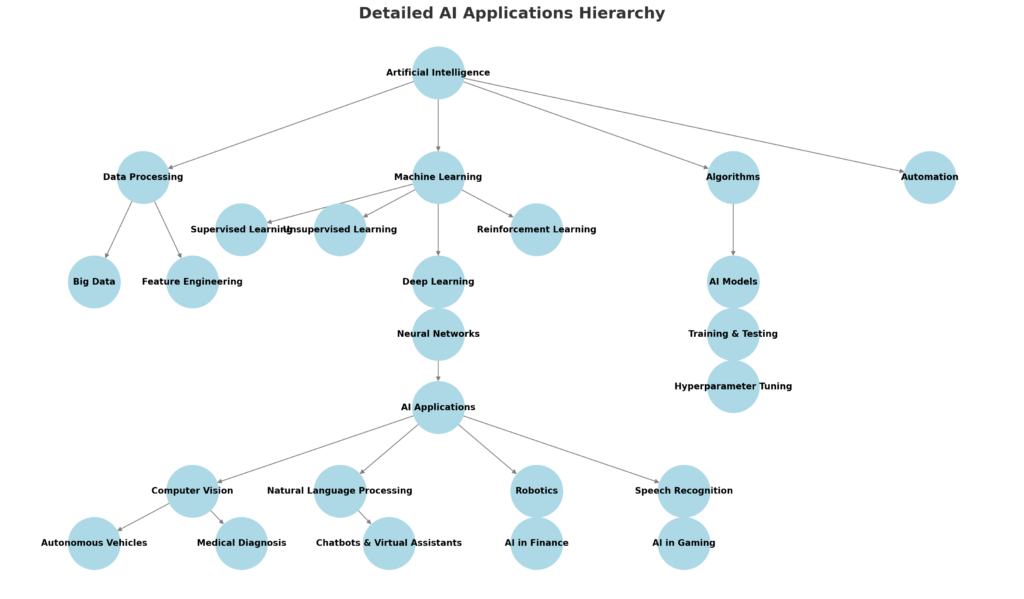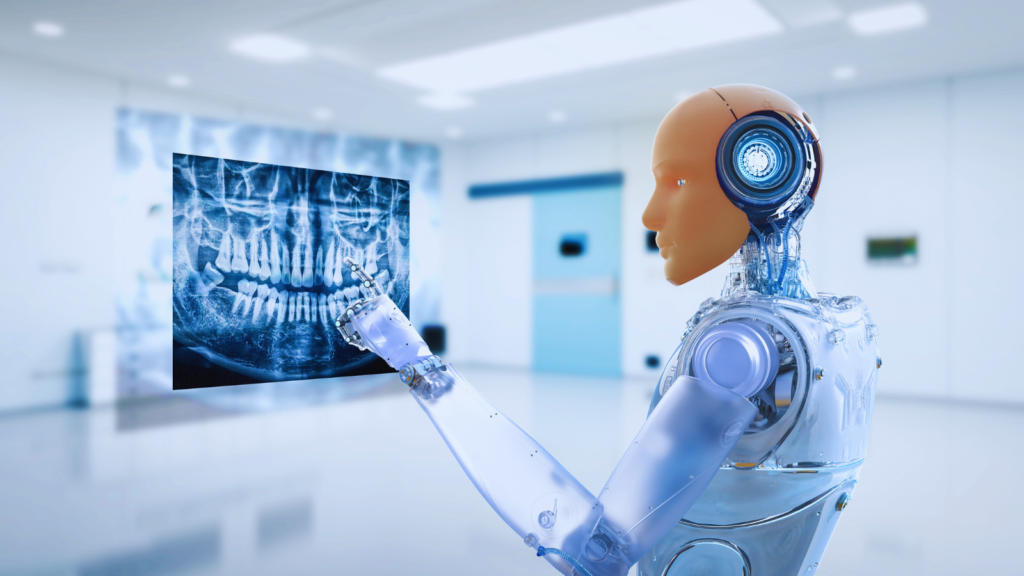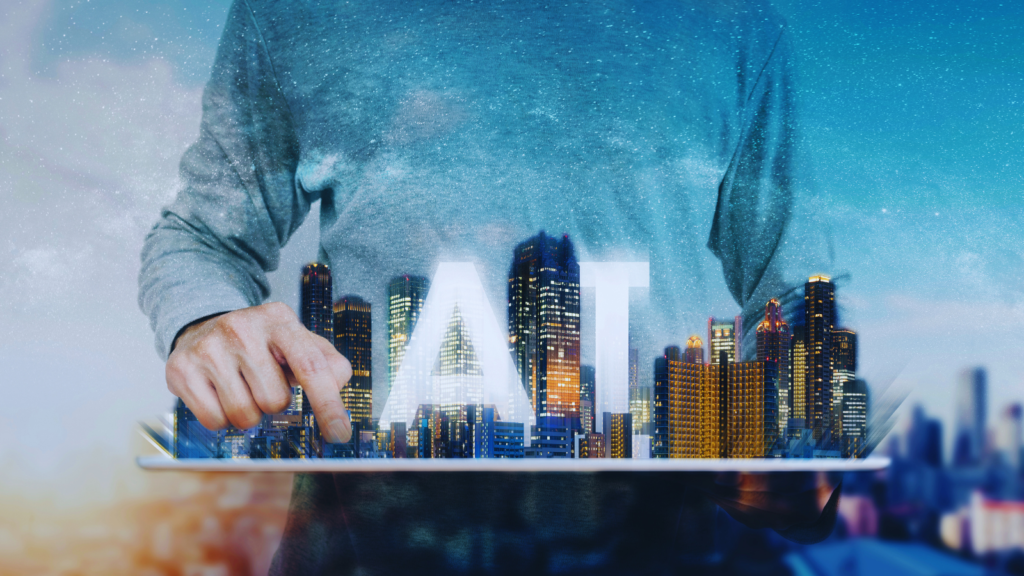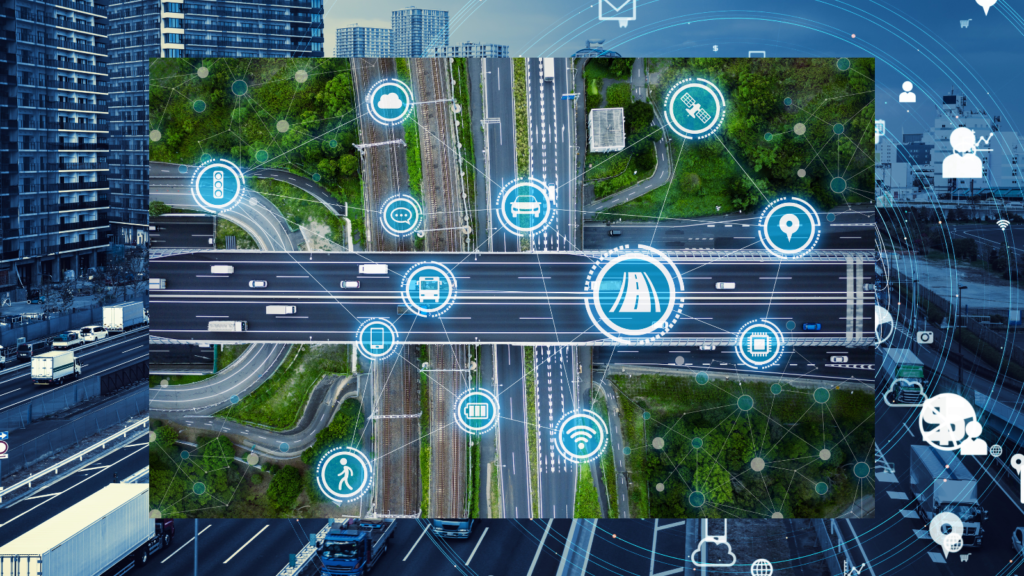The Future of Artificial Intelligence: Opportunities and Challenges
Introduction: The Rise of Artificial Intelligence
Artificial intelligence (AI) is no longer a distant sci-fi dream—it’s here, transforming how we live, work, and interact with the world. From self-driving cars to virtual assistants like Siri and Alexa, artificial intelligence is reshaping industries and redefining possibilities. But what exactly is AI, and how did it evolve into the powerhouse it is today? More importantly, how will artificial intelligence influence our future? In this blog, we’ll dive deep into the history, mechanics, applications, and future of AI, exploring why it’s one of the most exciting and impactful technologies of our time. Whether you’re a tech enthusiast or just curious, this 2000+ word journey will give you a comprehensive look at artificial intelligence and its potential.
The History of Artificial Intelligence: From Concept to Reality
The story of artificial intelligence begins long before computers became household names. In the 1940s and 1950s, pioneers like Alan Turing laid the groundwork. Turing, a British mathematician, proposed the idea of a machine that could simulate human intelligence—a concept now central to artificial intelligence. His famous “Turing Test” asked whether a machine could convincingly mimic human conversation, sparking debates that continue today.
The term “artificial intelligence” was officially coined in 1956 at the Dartmouth Conference, where researchers like John McCarthy and Marvin Minsky envisioned machines that could learn, reason, and solve problems. Early AI efforts focused on rule-based systems, known as “expert systems,” which could mimic human decision-making in specific domains like medicine or chess. However, these systems were limited by their inability to adapt or handle complexity beyond their programming.
The real breakthrough came with machine learning, a subset of artificial intelligence that allows systems to learn from data rather than follow strict rules. In the 1980s and 1990s, neural networks—modeled after the human brain—began to emerge, though they were constrained by limited computing power. It wasn’t until the 2000s, with the rise of big data and powerful processors, that artificial intelligence truly took off. Milestones like IBM’s Deep Blue defeating chess champion Garry Kasparov in 1997 and Google’s AlphaGo mastering the game of Go in 2016 showcased AI’s growing capabilities.
Today, artificial intelligence is a multi-billion-dollar industry, driving innovation across the globe. Its history is a testament to human ingenuity—and a preview of what’s to come.
How Artificial Intelligence Works: The Science Behind the Magic
At its core, artificial intelligence is about creating systems that can perform tasks requiring human-like intelligence, such as learning, problem-solving, or understanding language. But how does it actually work? Let’s break it down.
The Building Blocks of AI
Artificial intelligence relies on several key technologies:
• Machine Learning (ML): This is the backbone of modern AI. Instead of programming explicit rules, engineers feed data into algorithms that identify patterns and make predictions. For example, Netflix uses machine learning to recommend shows based on your viewing history.
• Deep Learning: A subset of ML, deep learning uses neural networks with multiple layers to process complex data like images or speech. It’s what powers facial recognition on your phone.
• Natural Language Processing (NLP): This enables AI to understand and generate human language. Chatbots and virtual assistants like me—Grok, created by xAI—rely on NLP to communicate effectively.
• Computer Vision: This gives AI the ability to “see” and interpret visual data, from identifying objects in photos to guiding autonomous vehicles.
The term “artificial intelligence” was officially coined in 1956 at the Dartmouth Conference, where researchers like John McCarthy and Marvin Minsky envisioned machines that could learn, reason, and solve problems. Early AI efforts focused on rule-based systems, known as “expert systems,” which could mimic human decision-making in specific domains like medicine or chess. However, these systems were limited by their inability to adapt or handle complexity beyond their programming.
The real breakthrough came with machine learning, a subset of artificial intelligence that allows systems to learn from data rather than follow strict rules. In the 1980s and 1990s, neural networks—modeled after the human brain—began to emerge, though they were constrained by limited computing power. It wasn’t until the 2000s, with the rise of big data and powerful processors, that artificial intelligence truly took off. Milestones like IBM’s Deep Blue defeating chess champion Garry Kasparov in 1997 and Google’s AlphaGo mastering the game of Go in 2016 showcased AI’s growing capabilities.
Today, artificial intelligence is a multi-billion-dollar industry, driving innovation across the globe. Its history is a testament to human ingenuity—and a preview of what’s to come.

A Simple Example
Imagine teaching an AI to recognize cats in photos. You’d start by feeding it thousands of cat images (labeled as “cat”) and non-cat images (labeled as “not cat”). A machine learning algorithm analyzes the data, learning to spot features like whiskers or pointy ears. Over time, it gets better at identifying cats in new, unlabeled images. This process, called training, is fundamental to artificial intelligence.
Why It Matters
The beauty of artificial intelligence lies in its adaptability. Unlike traditional software, AI can improve with more data and experience, making it incredibly versatile. This adaptability is why AI technology is revolutionizing everything from healthcare to entertainment.
Applications of Artificial Intelligence Today: AI in Action
Artificial intelligence isn’t just a buzzword—it’s a tool driving real-world change. Let’s explore some of its most exciting applications.
Healthcare: Saving Lives with AI
In medicine, artificial intelligence is transforming diagnostics and treatment. AI-powered tools can analyze medical images—like X-rays or MRIs—to detect diseases like cancer with accuracy rivaling human experts. For instance, Google’s DeepMind has developed AI that spots eye diseases faster than ophthalmologists. Beyond diagnostics, AI helps personalize treatments by analyzing patient data to recommend tailored therapies, improving outcomes and reducing costs.
Business: Streamlining Operations
Companies are leveraging artificial intelligence to boost efficiency and customer satisfaction. Chatbots, powered by NLP, handle customer inquiries 24/7, freeing up human staff for complex tasks. Meanwhile, AI-driven analytics predict market trends, helping businesses optimize inventory or target ads. Amazon, for example, uses AI to recommend products, driving billions in sales annually.
Entertainment: Enhancing Experiecne
Ever wonder how Spotify knows your music taste so well? Artificial intelligence analyzes your listening habits to curate playlists. In gaming, AI creates realistic opponents or generates entire virtual worlds. Hollywood even uses AI to predict box office success or edit films faster.
Transportation: The Road to Autonomy
Self-driving cars are perhaps the most visible AI application. Companies like Tesla and Waymo use artificial intelligence to process data from cameras and sensors, enabling vehicles to navigate roads, avoid obstacles, and make split-second decisions. While fully autonomous cars aren’t everywhere yet, AI is already improving safety through features like adaptive cruise control.
Everyday Life: AI at Your Fingertips
From Google Translate breaking language barriers to smart home devices like Nest adjusting your thermostat, artificial intelligence is woven into daily life. Virtual assistants like Siri or Alexa respond to voice commands, making technology more accessible than ever.
These examples show how artificial intelligence is no longer a niche concept—it’s a practical tool enhancing nearly every industry.

Healthcare: Saving Lives with AI

Business: Streamlining Operations

Entertainment: Enhancing Experiecne

Transportation: The Road to Autonomy

Everyday Life: AI at Your Fingertips
The Future of Artificial Intelligence: Opportunities and Challenges
So, where is artificial intelligence headed? The future promises both incredible advancements and tough questions.
Predictions for AI
• Automation: AI could automate repetitive jobs, from manufacturing to data entry, freeing humans for creative work. However, this raises concerns about job displacement.
• Healthcare Revolution: Imagine AI diagnosing diseases before symptoms appear or designing drugs in days instead of years.
• Smart Cities: AI could optimize traffic, reduce energy use, and improve urban living through real-time data analysis.
• Human-AI Collaboration: Rather than replacing us, AI might amplify human abilities, like helping artists create or scientists solve complex problems.
Ethical Considerations
As artificial intelligence grows, so do its challenges. Bias in AI systems—stemming from skewed training data—can perpetuate inequality. Privacy is another concern: AI’s ability to analyze vast datasets could infringe on personal freedoms if unchecked. Then there’s the existential question: Could superintelligent AI outsmart humanity? Experts like Elon Musk and Stephen Hawking have warned about this, though it remains speculative.
Balancing Progress and Responsibility
The future of artificial intelligence depends on how we wield it. Governments and companies are already debating regulations to ensure AI remains safe and fair. Organizations like xAI, my creators, are working to advance AI research while prioritizing human benefit.
In the next decade, artificial intelligence could unlock solutions to climate change, poverty, and disease—or amplify existing problems if mismanaged. The choice is ours.
Conclusion: Embracing the AI Era
Artificial intelligence has come a long way from Turing’s theoretical machines to today’s world-changing technology. It’s a force of innovation, powering everything from medical breakthroughs to personalized playlists. As we look ahead, the potential of artificial intelligence is limitless—but so is our responsibility to guide it wisely.
What do you think about the role of artificial intelligence in your life? Share your thoughts below, or explore more AI topics on our site. One thing’s clear: AI isn’t just shaping the future—it’s shaping our future, right now.
